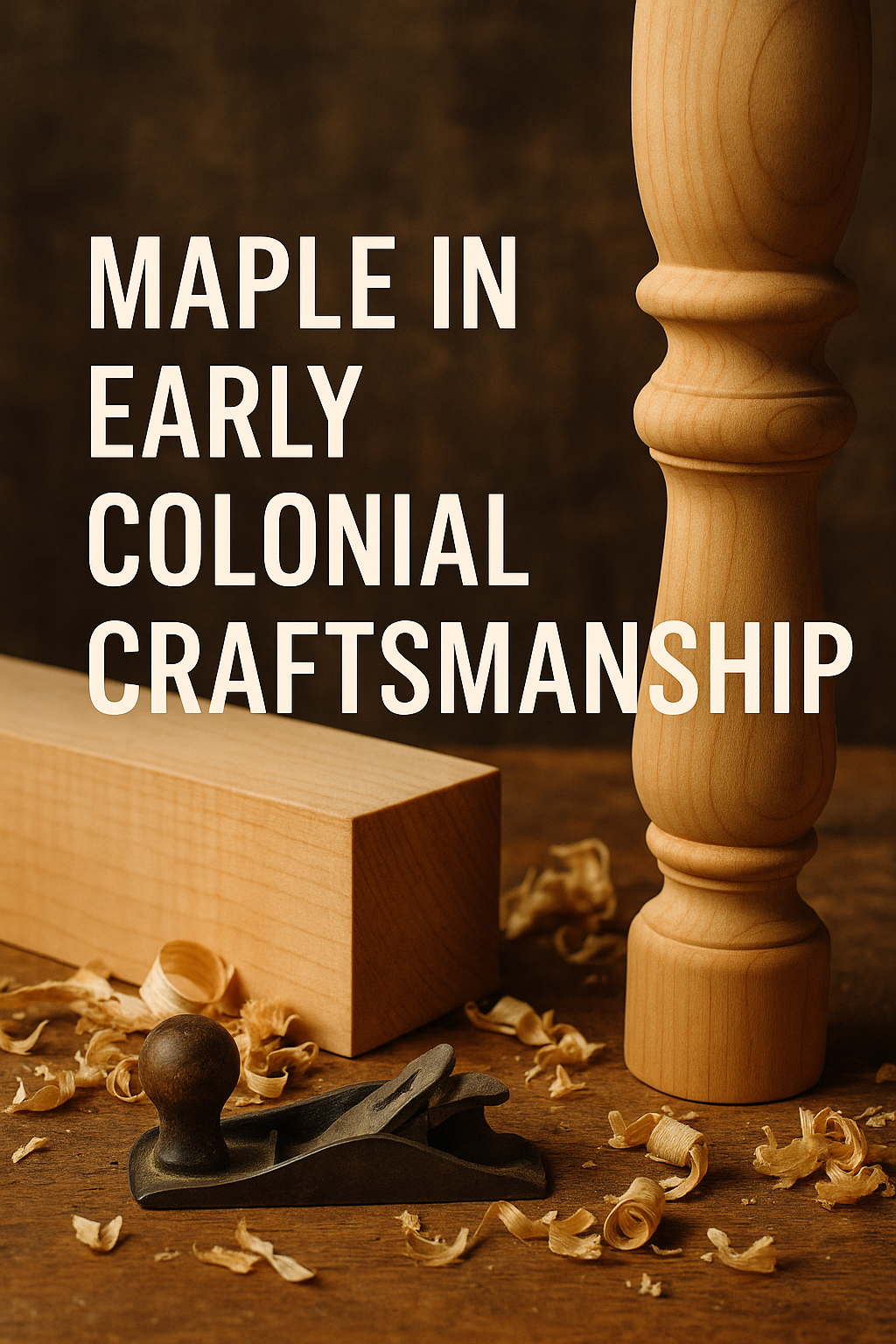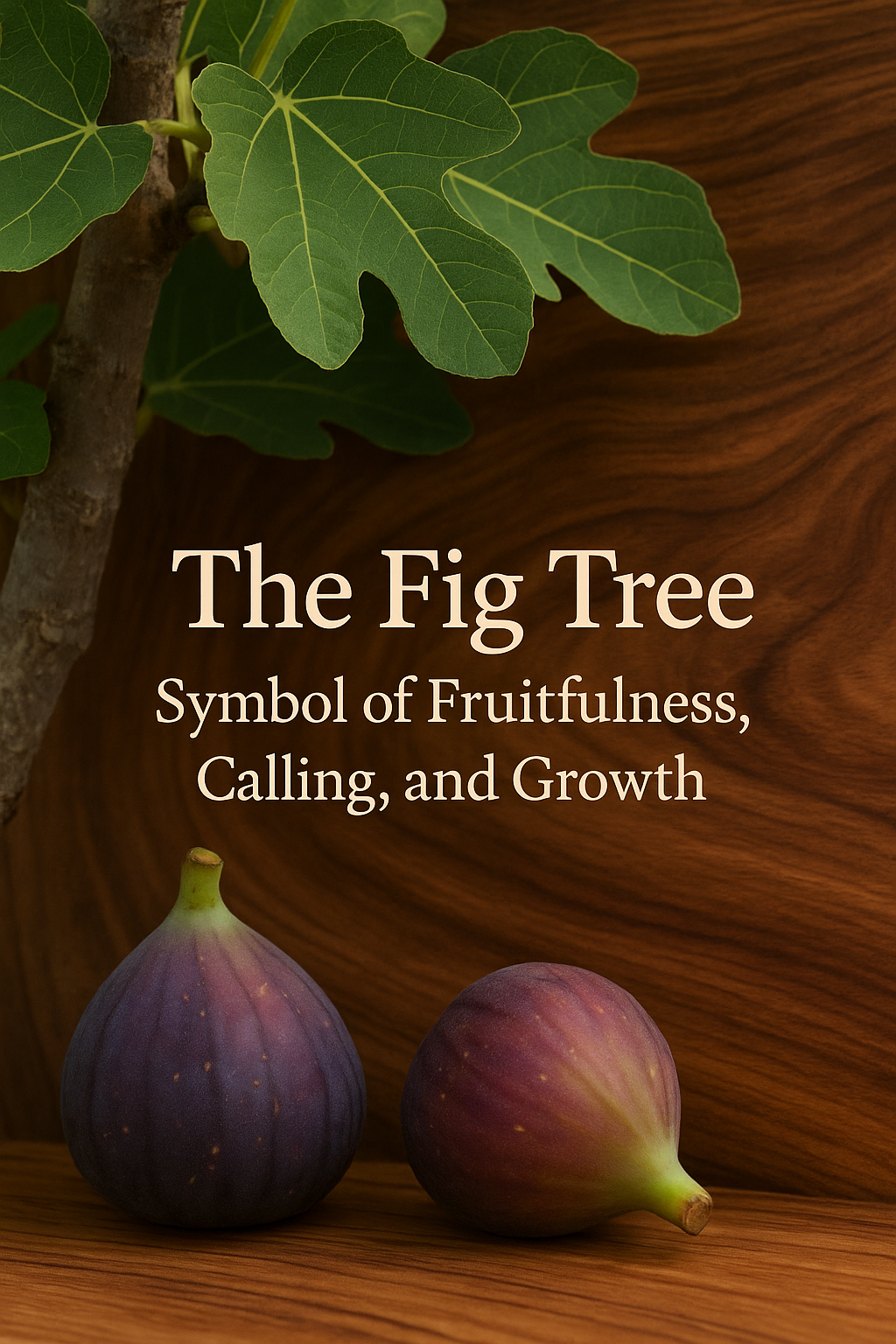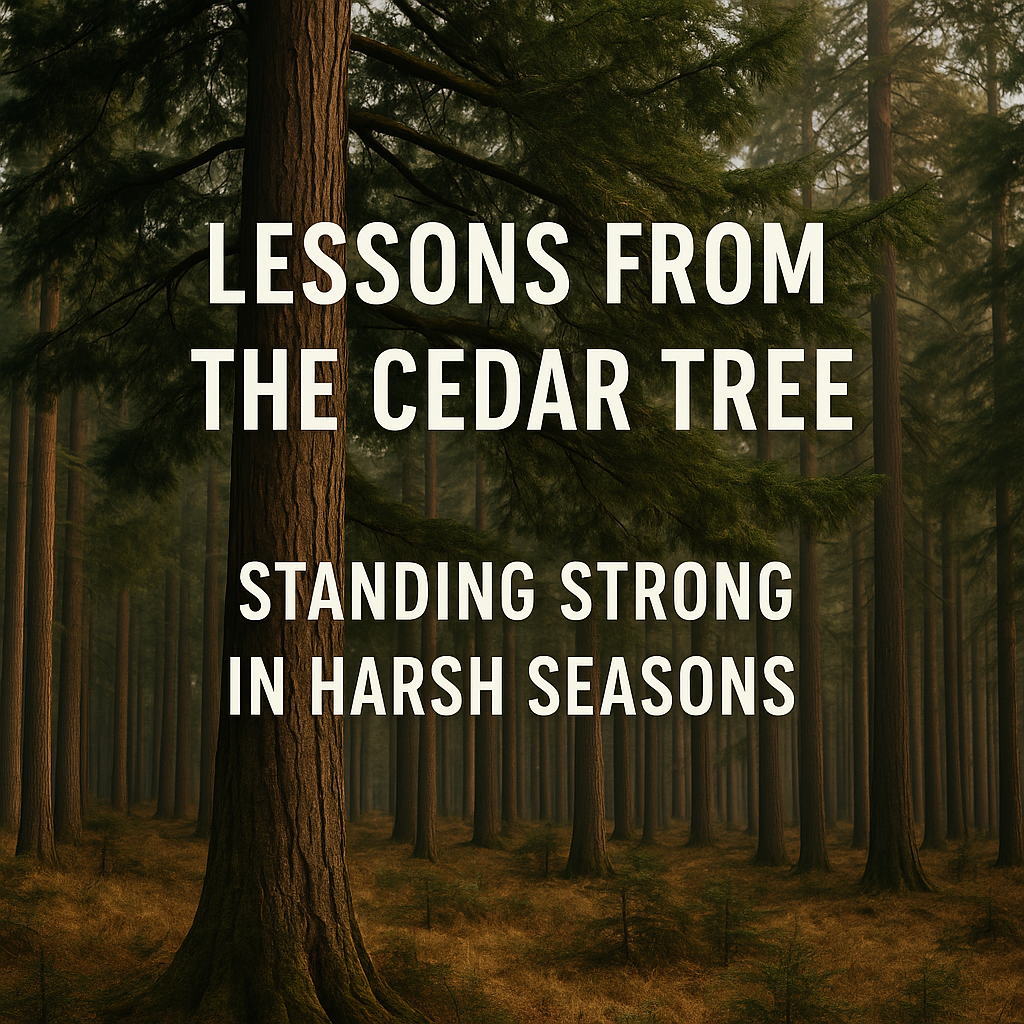Maple doesn’t usually demand attention the way walnut does.
It doesn’t shout. It doesn’t try to impress.
But if you look closely, if you really pay attention to its grain and its character, you’ll notice something early American craftsmen knew well:
Maple shows up.
Every time.
In every season.
For every task.
Long before power tools, CNC machines, and climate-controlled shops, colonial woodworkers relied on species they could trust. Woods that wouldn’t twist on them without warning. Woods that could take a beating and still look respectable in the home. Woods that could become anything from a table leg to a serving bowl.
And maple was one of the quiet heroes of that era.
The Colonial Woodworker’s Reality
When we romanticize the early colonial days, it’s easy to picture a handful of hardy men carving ornate furniture by candlelight. But the truth is more rugged. Most work was done out of necessity, not artistic expression.
Furniture wasn’t decoration.
It was survival.
You needed chairs that wouldn’t collapse. Tables that could support kettles and grain sacks. Flooring that held up to boots, mud, and a steady parade of children.
In those days, the best wood wasn’t whatever looked the prettiest.
It was whatever stayed where you put it.
Enter maple.
Colonial craftsmen loved it for the same reasons modern woodworkers still reach for it:
• Strong
• Stable
• Smooth
• Widely available
• Easy to work with when freshly cut
• Hard to destroy once finished
This wasn’t a luxury wood — it was a workhorse.
Why Maple Was a Household Staple
Colonists didn’t have the luxury of importing exotic woods. Everything had to come from the land around them. When they found a tree that grew reliably, milled predictably, and didn’t cost them extra labor, that species quickly found its way into everyday life.
1. Density Without Brittleness
Early American craftsmen needed strength, but not the kind that shattered. Maple hits the sweet spot: dense enough for structural pieces, yet forgiving enough to carve or turn.
This balance made it ideal for:
-
Table legs
-
Chair spindles
-
Rolling pins
-
Tool handles
-
Mallets
-
Cutting surfaces
Even today, you’ll find maple dominating butcher blocks because its tight grain resists bacteria and absorbs less moisture.
2. The Tight, Clean Grain
Colonial furniture was often utilitarian and simple. Clean lines. No frills unless you had the skill — and the time — to carve something decorative.
Maple’s grain is subtle enough to blend into any room, but beautiful enough to stand on its own. Its natural brightness made dark, dim homes feel a little lighter.
Imagine a family gathering around a maple table with just a few candles burning. That grain didn’t shout for attention — but it warmed the whole scene.
3. Abundance Across the Colonies
The northeastern forests were full of hard maple and soft maple species. These trees were dependable, easy to reach, and quick to replenish.
Colonists loved working with local, renewable materials long before “sustainability” became a buzzword.
Maple meant:
-
Fewer imports
-
Lower costs
-
Faster production
-
Strong supply for generations
And when you’re building a nation from the ground up, consistency matters.
Maple in Early American Homes
If you walked into a colonial home in the 1700s, you’d likely find maple almost everywhere — even if you didn’t realize it. It was “ordinary” in the best possible way.
Furniture
From Windsor chairs to shaker-style cabinets, maple was the backbone of craftsmanship. Its hardness made it ideal for surfaces that saw constant use.
Carving and Turning
Turners especially loved maple because it behaved well on the lathe. Smooth cuts, predictable fibers, and no dramatic grain reversals.
Many colonial bowls, plates, and cups were made from maple because it withstood the daily grind of a household that didn’t have the luxury of disposable anything.
Flooring
Maple’s durability made it a top choice for floors that endured everything from muddy boots to sliding chairs to cast-iron cookware hitting the ground.
Tools and Farm Implements
Tool handles, yokes, mallets, and wedges often relied on maple’s strength and shock resistance.
It wasn’t glamorous.
It was faithful.
The Maple Legacy Lives On
Today, when you hold a maple cutting board or a turned maple pen, you’re participating in a tradition older than the United States itself. Kind of humbling, isn’t it?
I’ve always found something inspiring in woods like maple — species that don’t need to be loud or flashy to prove their worth. Maple tells its story quietly, in clean grain lines and dependable performance.
It reminds me that good craftsmanship isn’t built on drama.
It’s built on consistency.
Strength.
Integrity.
The kind of qualities that don’t grow outdated.
And maybe that’s why maple continues to be a favorite among woodworkers today — whether you’re a colonial farmer carving a spoon for the winter or a modern craftsman standing at a planer with dust in your beard and big dreams on your mind.
Closing Thought
The colonial woodworkers didn’t always know they were shaping history. They were just doing their best with the materials they had. Maple met them in their everyday needs — and it still meets us in ours.
If walnut is the storyteller, and cherry is the romantic poet…
Maple is the steady friend.
The one who shows up.
The one you can count on.
The one who quietly becomes part of your life.
And that, to me, is a legacy worth honoring.






Leave a comment
This site is protected by hCaptcha and the hCaptcha Privacy Policy and Terms of Service apply.